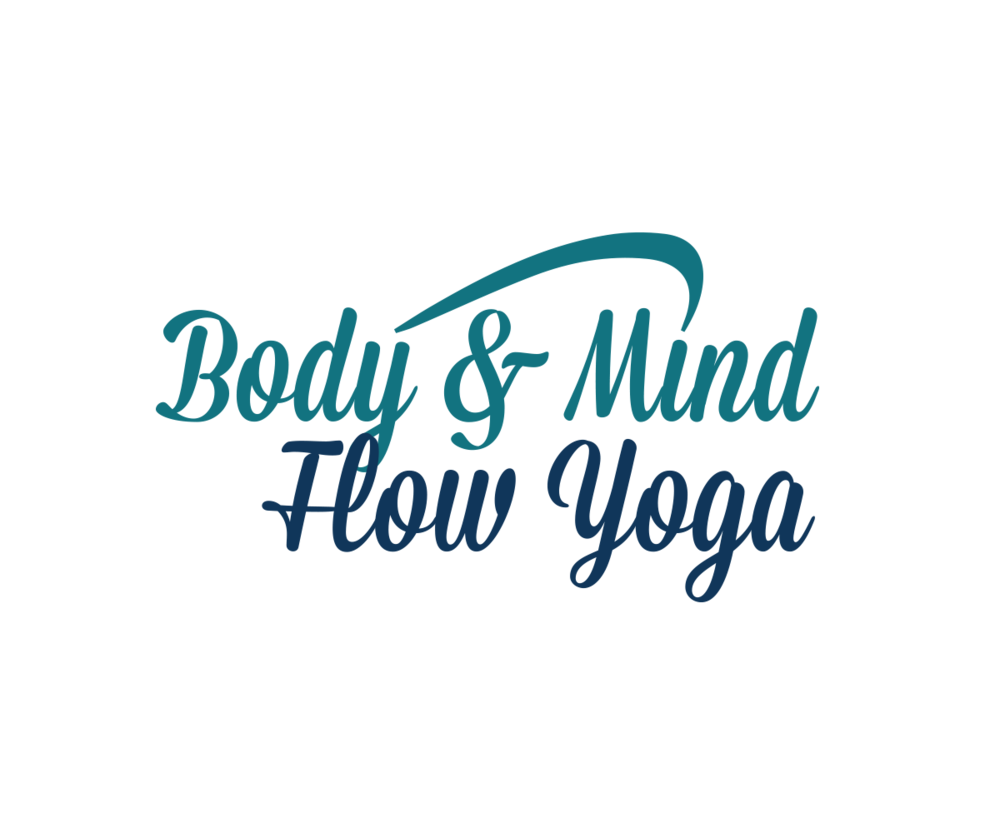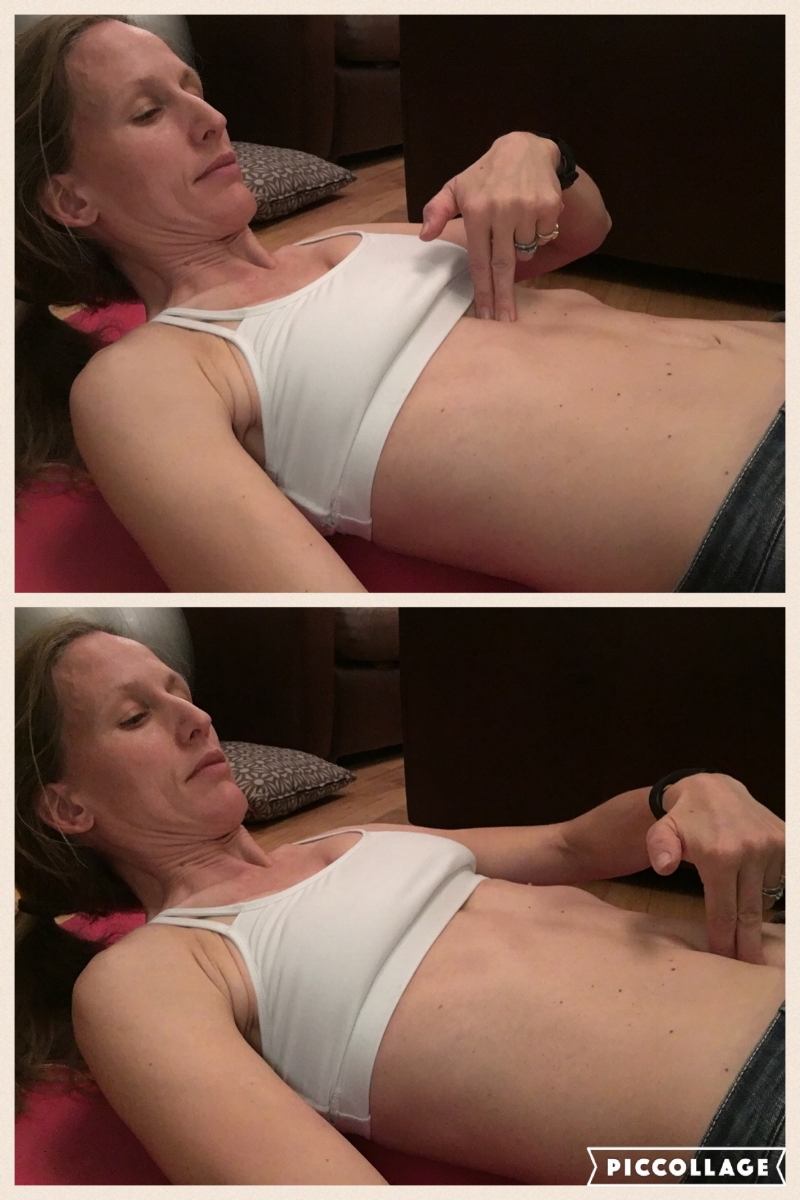When I had my first child, I was pretty clueless. I hadn't thought I would be (I have two sisters who'd both had kids before me) but it turns out that changing the odd nappy and cuddling a baby occasionally is not much preparation for the reality of 24/7 care of a newborn.
So with that in mind, Mumsnet do a fab list of things you absolutely need to buy. And this is a short guide to looking after babies.
FOOD
Breast milk or Formula or a combination of both.
If you plan to breastfeed it can be helpful to google a list of breastfeeding clinics before the baby is born so if you have issues then you can just get out the list. Googling with a howling baby in one arm isn't as straightforward. Buy Lansinoh. Apply liberally. Keep it in your pocket if you have a winter baby as it otherwise is so hard to get out of the tube.
If you do formula feed full time, I'm told that a Tommee Tippee perfect prep machine is worth every penny.
After feeding them, they need winding. Baby's chest to your chest, tap lightly on the back. This MAY work. If not, try Tiger in a Tree (baby lying along your forearm, one arm to each side of your forearm). I googled loads of different methods and what worked best for one child wasn't the same as for the other. If you've fed the baby and put them down for a nap and they're still squirming and wriggling, odds are they've still got some trapped wind so you need to keep going.
Though you'll get through a lot of nappies in the early days (10 or so a day), babies also grow really fast so don't buy too many of size 1 or you'll end up giving them away.
CRYING
All babies cry sometimes. This is normal and no reflection on you as a mum. Sometimes it's because they want something (food / winding / changing nappy) and sometimes because they're overtired / overstimulated / in a wonder week / being grumpy.
If you've tried to meet all the needs (food etc) and they're still crying you may want to try the Five S's. Personally I found this AMAZING.
White Noise - the constant noise that you hear on an aeroplane, the constant hum of traffic, all these noises are white noise. Similar to what your baby heard for 9 months - your blood whooshing around, your heart beating and so on. A silent room feels odd to them. There are hundreds (probably thousands) of white noise apps out there. My top tip is to consider whether you want to listen to it. It's all very well teaching your baby to sleep to the sound of a hoover but can you sleep to the sound of a hoover? I found ocean waves or rain noises to work well for both of us. This can calm your baby and can also help them drift off to sleep.
SLEEP
Some babies are great are sleeping, others not so much. Many are ACE at sleeping during the day and pants at sleeping at night.
I have heard loads of people recommend the Sleepyhead. Fiendishly expensive, however, and you're committed to buying each of the increasing sizes as baby gets bigger. I was recommended to instead put rolled up towels under the sheet to mimic the same nurturing shape.
I found this swaddle the best by a country mile. No faffing with which bit goes up and down and tucks in and no houdini baby escaping. Just then used a light blanket over her tum (under her arms) to provide a bit of reassuring pressure on her stomach.
BOOKS
There are THOUSANDS of books on how to look after a baby and half of them contradict each other (helpful, right?!). Some books are more routine focused (e.g. Gina Ford) and some are more baby-led, attachment parenting style (e.g. The Womanly Art of Breastfeeding). Some books are more in the mid ground.
I suggest going to the library and having a browse until you read one that sounds like your style. Neither routine nor attachment parenting is bad if it suits you and your baby. Having said that, if you’re going to co-sleep (sleep with the baby in your bed) please do some research so that you can do it safely. My understanding is : no pillows, granny blankets with holes in, onesies.
Some folk rave about Gina Ford. Lots of people hate her. I'm not a fan as I drove myself to tears on a number of occasions with "but the baby's supposed to be asleep" type worries. My husband reminded me (frequently) that the baby can't read and hasn't read the book and is awake so stop worrying. AH. If only it were that simple!
I liked the Baby Whisperer as she spoke a lot of good sense and accepts that not all babies have the same characters. There are also some really useful bits about baby body language which I found invaluable.
I’ve had people recommend “What to expect in the first year” and “How to have a baby”.
Does anyone have any other tips they would like to add? Let me know.





